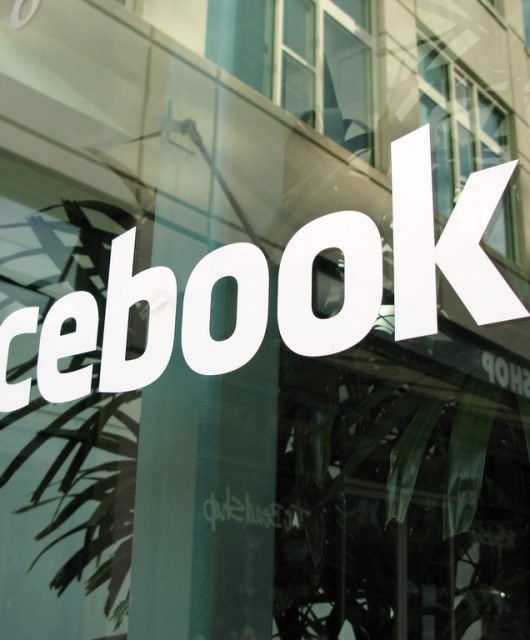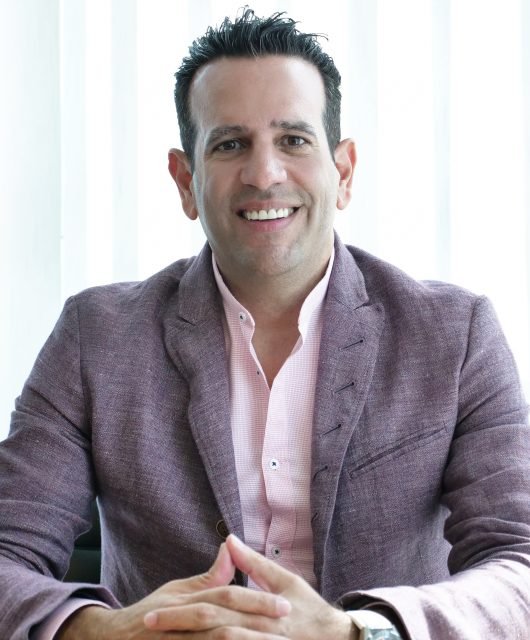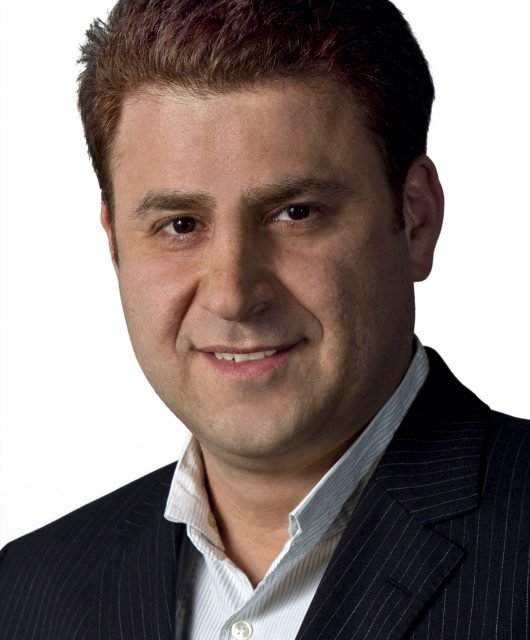How Should Brands Communicate In 2017: Q&A With The World Bank’s Jeremy Hillman
Brand Communication is imperative to the sustainable success of any brand. In the current competitive landscape, brands must go beyond narrating a compelling story, they need to communicate in a way that inspires and engages. Having a solid and consistent brand communication strategy allows the brand to stand out, cut through the noise, build awareness and drive an emotional connection with the audience. The Berries interviewed Jeremy Hillman, Director of Corporate Communication at The World Bank, to get his insight on how should brands communicate in 2017.

BB: Corporate communication used to be all about exposure and buzz via various media channels; With the rise of new communication concepts, brands find themselves with no choice but to adapt to change. From your opinion, what are the important new trends that corporate communication professionals should keep on their radar to lead in 2017 ?
JH: I think there are a couple I’d mention. First, employee engagement is one of the most important trends. We all understand we’re working in an ever-more crowded and noisy communications environment and it is increasingly hard to cut through. The authentic voices of staff and employees will carry more weight talking about their organizations and products and connecting them to the values people care about. Supporting employees as powerful brand ambassadors able to make an emotional connection with audiences will be vital. For organizations that don’t build strong employee engagement the downside risks will continue to grow – we’re seeing increasing numbers of reputational challenges triggered by poor employee engagement. Second, I’d call out live streaming as an opportunity for many organizations. The possibility of lifting the veil and communicating and engaging in an authentic and immediate way on a whole range of platforms is an idea who time has finally arrived.
BB: For brands, fake news on social media is an existential threat. Do you think this will effect the level of online brand engagement on social media platforms ?In times of fake news, should brands remain silent, refute news or generate content in a different direction ? Please elaborate
JH: I think the long-term effect of the fake news phenomenon, if it’s not tackled, will be to devalue the platforms and erode engagement. There will always be audiences drawn to fake news that confirms them in their bubbles though, that’s why it is so effective But I am also optimistic that it will encourage audiences to seek out sources of information they trust, whether that is from news brands or friends.. I think for brands the old rules are the new rules, honesty, transparency and integrity and making sure they don’t get drawn into the maelstrom.
BB: The use of influencers has been one of the dominating highlights that gained momentum in 2016 with leaning on online influencers more than celebrity endorsements. How can the use of influencers for brands evolve in 2017 for a better ROI ?
JH: I think the lesson we are learning is that working with online influencers can be too transactional and short-term. The real value is be gained from creating strong and enduring relationships. Doing that takes more time and much larger investment up front but pays longer dividends. The`se people won’t always have to be the “big” mass influencers, who run the risk of overexposure, but identifying who the influencers are in niche communities might yield smaller reach, but almost always higher engagement. Who are those people you can create relationships with who have a natural affinity with your brand, who share your values and want to be part of your story?
BB: One of the historical industry debates has revolved around whether doing PR in-house or hiring a professional corporate communication agency. Can you mention some differentiators that would encourage brands do PR with a firm instead of doing it in-house?
JH: The simple answer is that there should be a combination of both but I am someone who rejects the idea that you can’t maintain innovation and creativity with the right in-house team and that you eventually run out of ideas. A strong in-house team that invests in learning, exposing itself to outside ideas can be very effective. That said, there will always be specialist skills and new projects that benefit from bringing in outside expertise.





